Blog
From Energy Efficiency to Decarbonization: 20 years with ATIS
3 April 2024
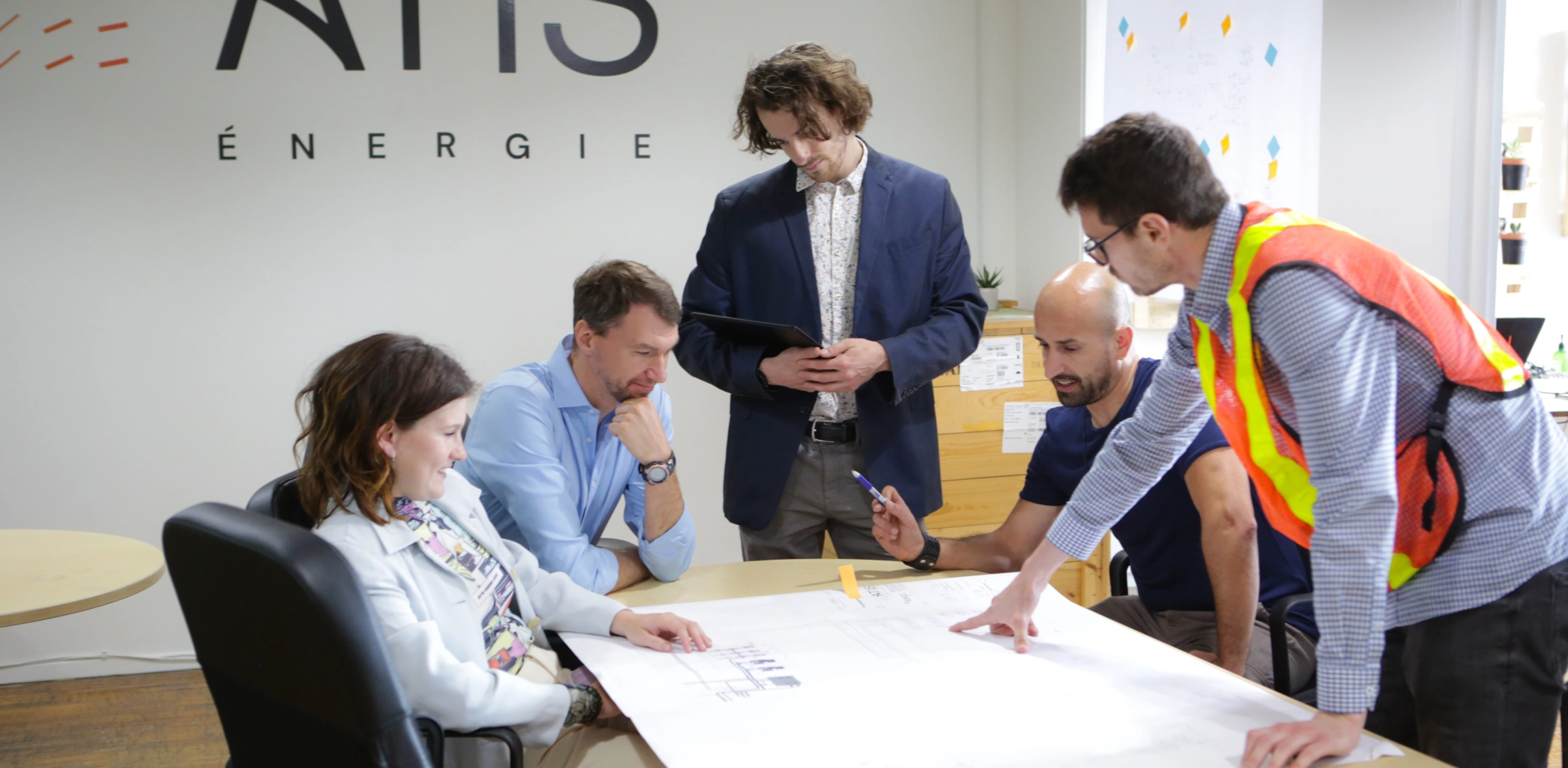
3 April 2024

ATIS Énergie is celebrating 20 years at the forefront of the fight against climate change. To mark this anniversary, we're taking a look at how the field has changed over the past two decades. We believe that protecting the environment through energy management is more important than ever—for us and for future generations.
Decarbonation: What does it mean?
The term "decarbonation" is suddenly on everyone's lips. Is it a new buzzword? Decarbonation, also known as decarbonization, refers to the various strategies and methods used implemented to reduce the carbon footprint of a given company, industry, country or economy. The main objectives are to improve energy efficiency, shift to emission-free power sources, and phase out oil and other fossil fuels.
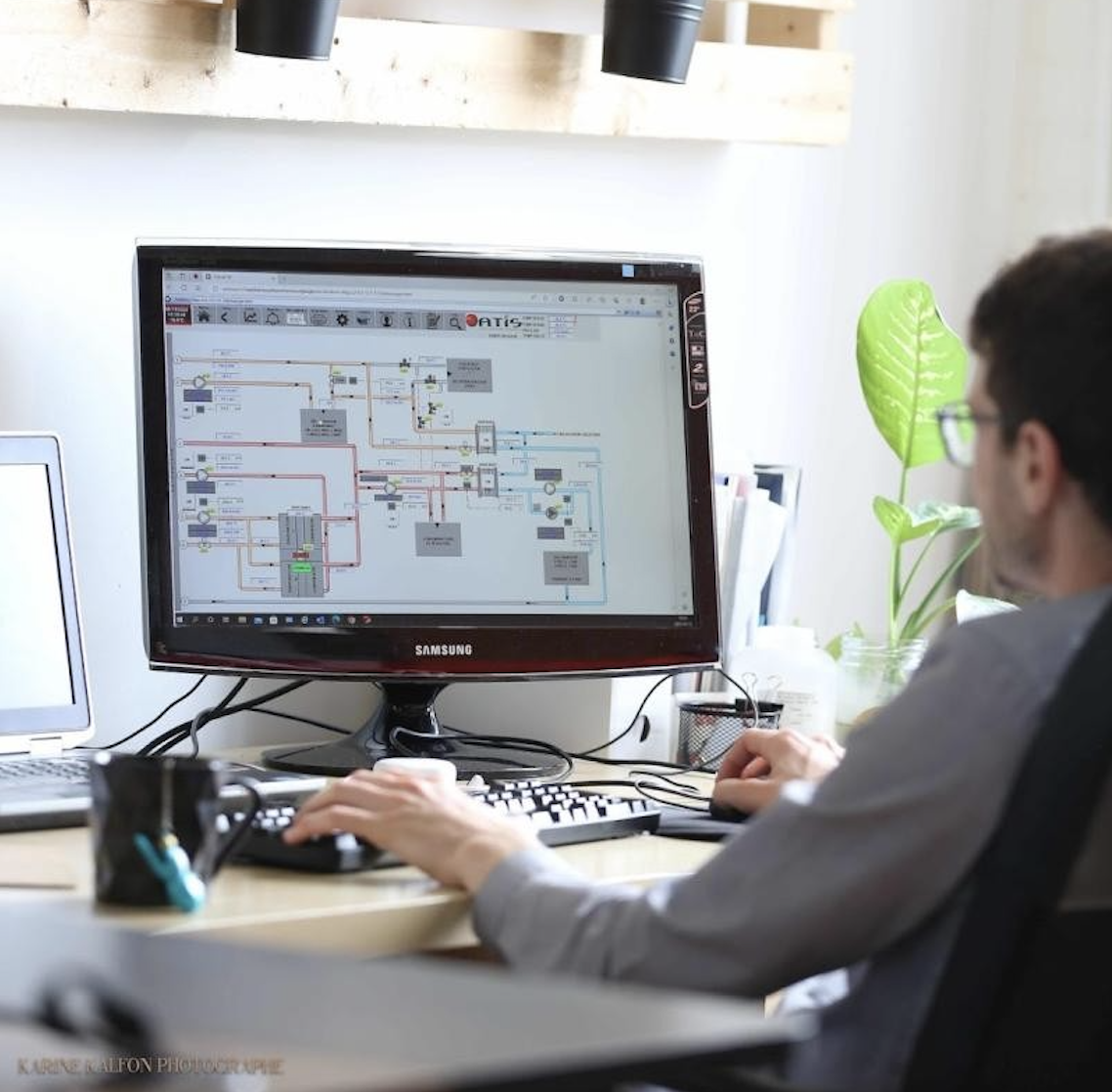
How has industrial energy efficiency changed over the past 20 years?
We're seeing a real change of vision as industry leaders come under pressure to do more to protect the environment. Investors, the general public and governments are demanding that companies take concrete—and verifiable—action. As a result, many are developing ESG plans. 20 years ago, business leaders contacted us because they wanted to save money. Now, they also want to reduce their impact on climate change. Businesses are incredibly proud to align their practices and operations with their values. Of course, some choose to integrate energy management solutions for other reasons, but ultimately it doesn't matter. Where GHG emissions are concerned, any reason is a good reason to strive for net zero.
20 years ago, the field was still unknown. There were very few case studies on decarbonizing operational facilities. So naturally businesses were reluctant to remove steam boilers that had been working for 100 years. Decision makers weren't sure if it would be a worthwhile investment. But since then, ATIS has gained experience that allows us to provide more than just projections. Through our projects, we've been able to confirm that implementing changes makes a real difference—and the results often exceed expectations. So there's nothing left to chance.
Through our past projects, we've collected large amounts of raw data that we can now analyze to identify patterns and extract useful information. It can be surprising to see just how much we can do to help companies meet their decarbonization targets. And we're always excited to see the results! It may surprise some people to know that we installed a heat pump at duBreton's facilities more than 10 years ago! Gheorghe Mihalache, the engineer who worked on that project, recently won an ASHRAE award for the results obtained on another project.
Businesses in Quebec are lucky because they have access to more financial assistance than in the rest of Canada, the US or France. There's the provincial government's EcoPerformance program, which aims to reduce energy consumption. And after the pandemic, Hydro-Québec announced that it was committed to decarbonizing Quebec. As a result, businesses can now get 2 to 3 times the amount of government assistance. Énergir has also joined in with similar offers, which amount to roughly $1 per cubic meter of energy saved. For major industrial projects, there's an opportunity to get nearly $10 million in subsidies. The authorities have finally realized that improving energy efficiency is less expensive and less complex than building new hydropower dams.
Municipalities have the ability to leverage and combine the various efforts made by businesses, utilities and individuals. What they need to do is create energy reuse systems for the public's benefit. For instance, waste heat can be distributed to areas where heat is needed. And the same can be done for cold. Think of a public swimming pool being heated by the waste heat from a nearby industrial facility. There are all kinds of opportunities to do this sort of thing. We're increasingly working with municipalities like Varennes, which has a lot of heavy industrial sites.
Environmental issues are top-of-mind for today's young people, many of whom are pursuing careers in environmental protection. A number of new academic programs have been developed in recent years, and many companies have created positions that specifically focus on energy efficiency or other similar areas of expertise.
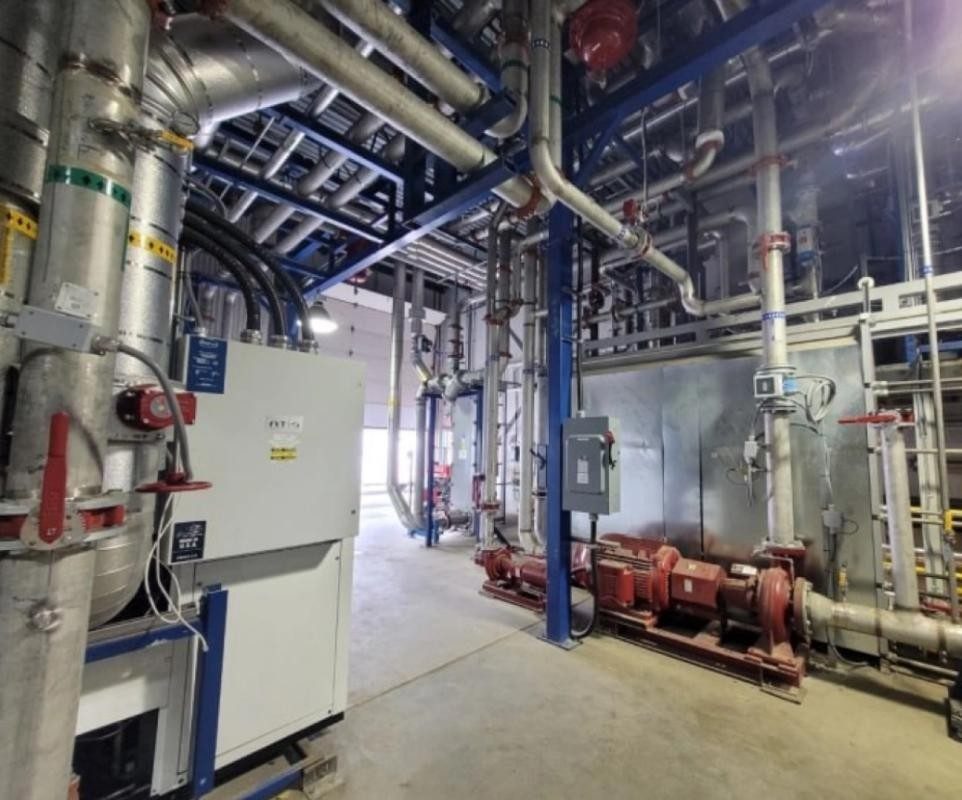
In conclusion, here are the different forms of decarbonization:
For the past 20 years, ATIS has been offering innovative solutions to help our clients improve their energy performance and operational efficiency, while cutting their energy bills and bringing them closer to net zero. Our energy management approach focuses on using the right amount of energy at the right time and place, resulting in a substantial reduction in energy costs and GHG emissions. Our mission is to help save the planet, one facility at a time!
Contact us to find out what we can do for you.
Robert La Roche
Gheorghe Mihalache
Hassan Taj Eddine
Adel BENYAHIA, Ing., P.Eng. PMP, PSM l
Carl Abdelnour
Stefan Radu Soare
idir Hamel
Slavik Mordas
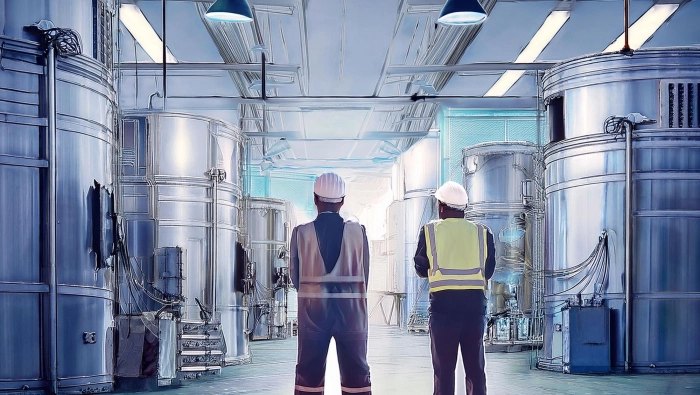
10 February 2025
In an economic context marked by unprecedented pressures, Québec businesses must redouble their efforts to remain competitive. Between the threat of increased export tariffs, trade tensions and the anticipated increase in the cost of electricity or natural gas, it is becoming essential to optimise every available resource. One of the most powerful levers to address these challenges is investment in energy productivity.
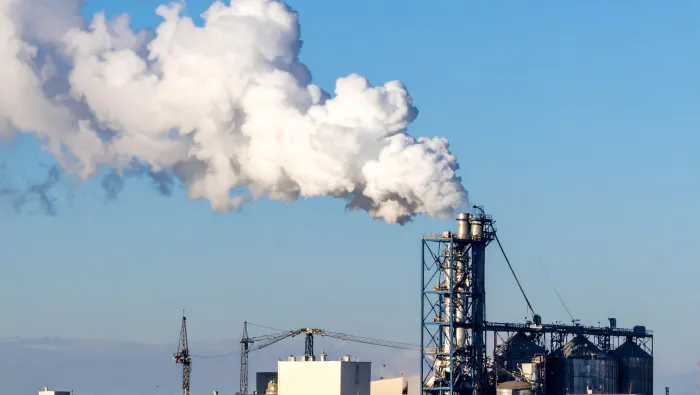
31 July 2025
On July 23, 2025, the International Court of Justice (ICJ) issued a landmark advisory opinion on state responsibility when it comes to climate change. This decision, while not legally binding, redefines international environmental obligations and will have profound repercussions for both public policy and industrial practices.
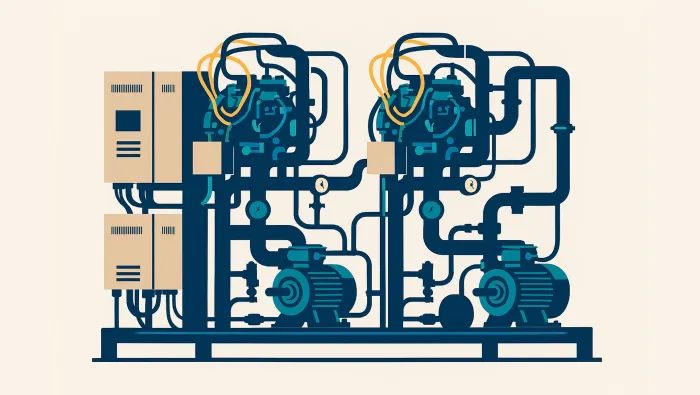
23 August 2025
As Canada ramps up efforts to meet ambitious climate targets, one technology remains essential yet underused: the industrial heat pump. Capable of replacing gas or oil boilers in industrial processes, large buildings and district heating networks, it offers an efficient and sustainable solution tailor-made for Canadian realities.